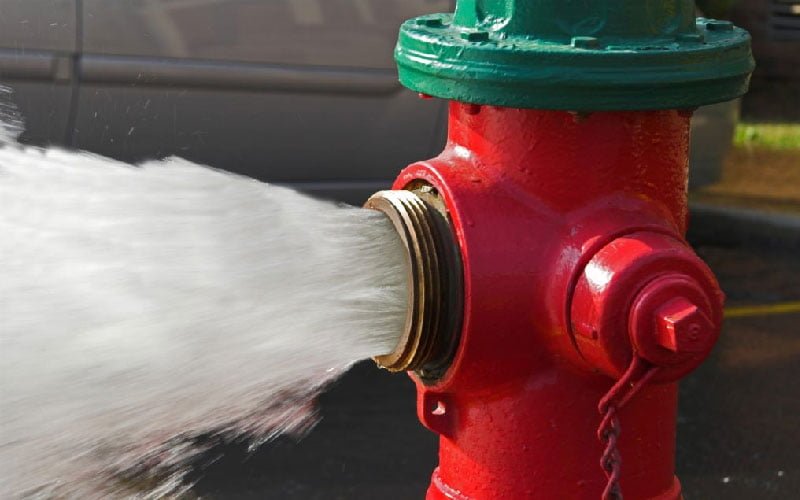Fire hydrants are installed on most city streets in America. Therefore everyone knows what they look like. However, you may not be able to identify the different parts of a fire hydrant or explain what each does. Furthermore, there are more parts on the inside of a fire hydrant that you cannot see but are important to its function. Knowing about the different parts of a fire hydrant helps you to understand how it works.
1. Barrel
The barrel is the main cylindrical body of the fire hydrant. There is a lower barrel portion that extends below ground and connects to the water. The upper barrel is the part that extends visibly above street level.
2.. Valves
Valves are found on the inside of a fire hydrant. They open and close to control the flow of water. For example, most fire hydrants in the United States are dry barrel hydrants, meaning that they do not contain water all the time. Most areas of the United States experience freezing temperatures for at least a portion of the year, and water in the barrel could freeze, preventing it from flowing when needed. Where the hydrant connects to the water main, there is a valve that remains closed most of the time to keep the water out until needed. A valve turner is important to fire hydrant maintenance.
3. Bonnet
The bonnet is the top of the hydrant, often shaped like a dome. It has a nut at its apex that is connected to the main valve via the stem. When the nut is turned, the valve opens and the water flows through. Royaltubs.co.uk Wooden Hot Tubs: Where Elegance Meets Endless Comfort!
4. Nozzles
The nozzles are the openings to which the hoses attach, allowing the water to flow. These are typically covered by protective caps that have to be removed before attaching the hoses.
Fire hydrants are often painted bright colors so that they are more noticeable. While red hydrants are iconic, they are relatively rare in the United States, where hydrants are more likely to be yellow.





